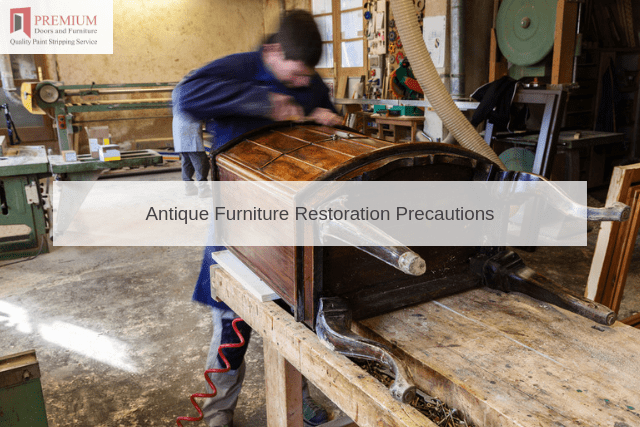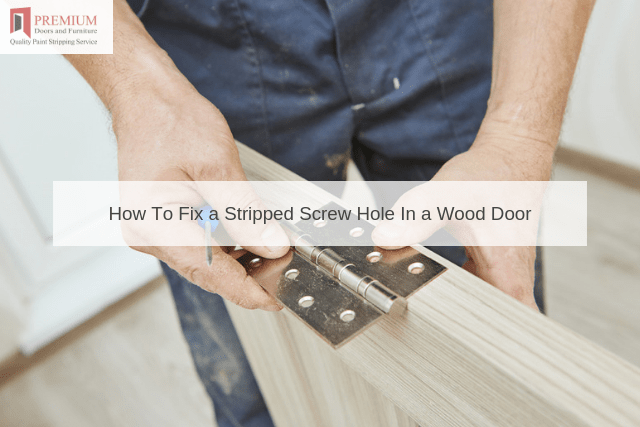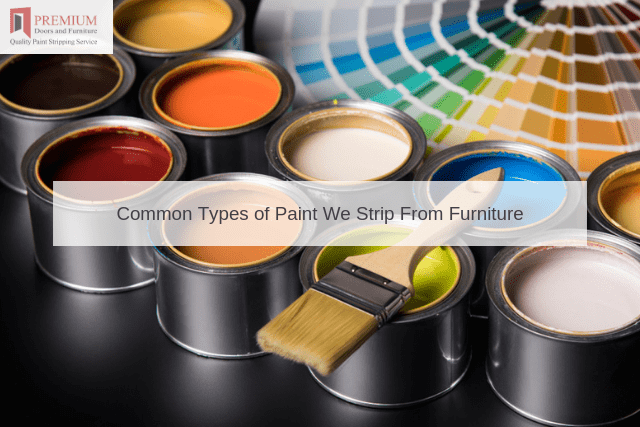Restoring antique furniture is both an art form an a science. Much like any other skilled trade, there are certain techniques to embrace and others which should be avoided altogether.
Let’s take a look at some common precautions when undertaking such a task as well as why it might be better to delegate more challenging work to the hands of a professional.
Personal Safety Issues
Antique restorations often involve in-depth and potentially hazardous tasks such as mechanical sanding and furniture stripping. While quite effective if performed correctly, these very same requirements can sometimes lead to the release of irritating substances into the air such as fine wood particles and even lead paint. This is why wearing the appropriate personal protective equipment is always important.
Removing Excessive Amounts of the Surface
Stripping paint and varnish from wood will often require the use of chemicals in addition to common methods such as hand sanding. However, users need to be careful when performing such tasks.
If too much of the surface is accidentally removed, it could detract from the overall appearance of the furniture. This is even more important when referring to delicate portions such as hand-carved wooden inlays.
Improperly Cleaning the Surface
The surface of the furniture will need to be thoroughly cleaned after any sanding or stripping has been completed. The presence of dirt, moisture or oils will prevent any future finishes from adhering properly.
It is also wise to follow the instructions in regards to the specific type of furniture, as certain woods and surfaces may require special attention.
Selecting the Wrong Materials During Repairs
Many individuals who restore furniture are looking to return the piece to its original condition and appearance. This is why purists would argue that historically accurate materials must always be used.
For example, placing a cheap piece of modern velvet over a section of upholstery that dates from the 19th century could negatively impact the overall appearance of the furniture. This is why it is a good idea to perform a bit of research to appreciate the options at your disposal.
While restoring furniture is a very rewarding task, it can also be quite challenging for those who are unprepared. This is why more complex projects are often expedited with the help of the technicians at Premium Door Stripping. We will be happy to take on even the most daunting demands.





